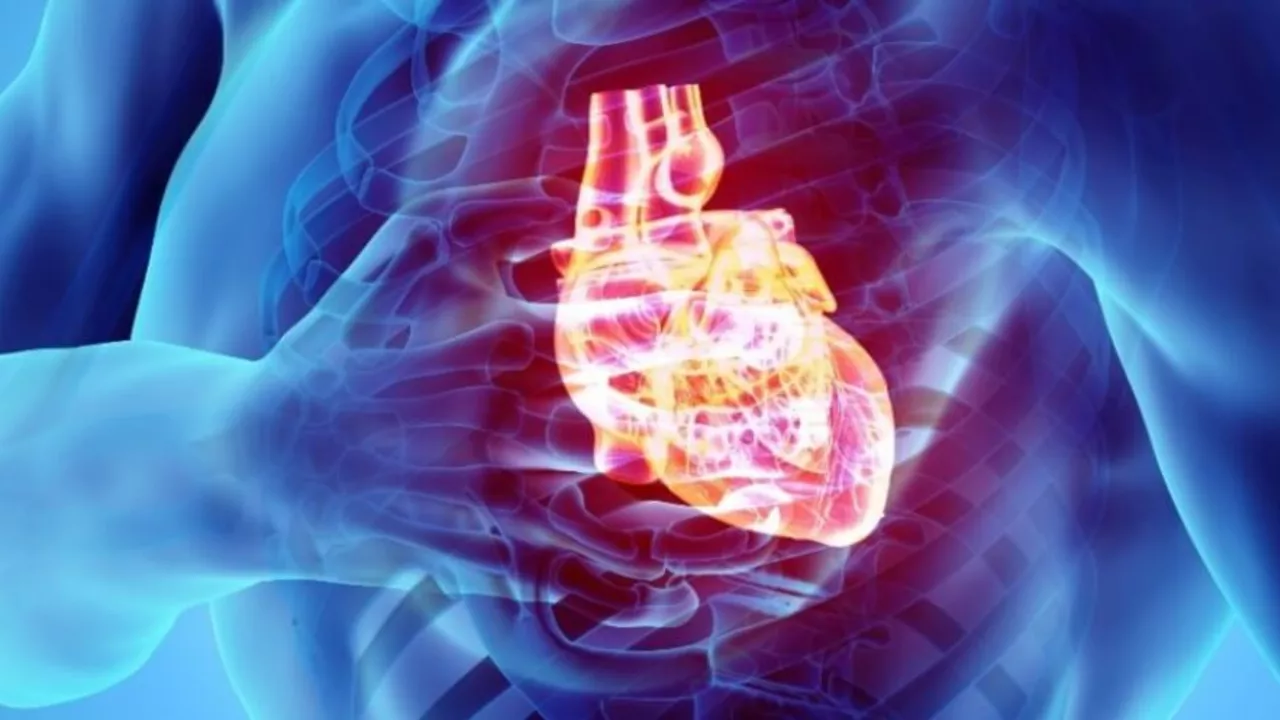Acidity in Sports and Everyday Life
When talking about Acidity, the amount of acid present in a substance, usually measured by its pH level. Also known as acid levels, it shapes how our bodies react to food, exercise, and stress. Acidity isn’t just a chemistry term – athletes feel it in every sprint, weight‑lifting set, and post‑game recovery session.
One of the first concepts linked to acidity is pH level, a scale from 0 (most acidic) to 14 (most alkaline) that tells you how acidic a solution is. In the human body, a tightly regulated pH keeps muscles firing correctly. When pH drops, muscles become more acidic, which can slow down performance. This relationship forms the triple: Acidity influences muscle performance, pH level determines acidity, and buffering agents mitigate the drop.
During intense effort, the body produces lactic acid, a by‑product of anaerobic metabolism that contributes to the feeling of burning in muscles. Lactic acid raises the overall acidity in muscle fibers, lowering pH and making contraction harder. That’s why many trainers talk about “acid buffering” – strategies like proper breathing, hydration, and nutrition that keep acidity in check.
Acidity doesn’t stay confined to muscles. It can show up as acid reflux, the backflow of stomach acid into the esophagus, often triggered by heavy meals or stress. For athletes, reflux can interrupt training, especially when high‑carb meals are consumed before a game. Understanding how diet influences overall acidity helps prevent that uncomfortable burn and keeps focus on the field.
Sports nutrition steps in to balance these forces. Foods rich in alkaline minerals – like bananas, leafy greens, and sweet potatoes – can raise the body’s buffering capacity. Conversely, excessive caffeine or processed sugars can push acidity higher. The triple here is: Nutrition alters acidity, acidity affects performance, and performance guides nutrition choices. Simple tweaks, like adding a potassium‑rich snack before a workout, can lower perceived fatigue.
So what can you expect from the collection below? You’ll find stories that explore why Los Angeles still wrestles with football decisions, how the National Guard balances service and soccer, and even why some fans suspect the Super Bowl is staged. Each piece touches on acidity in its own way – from the “acidic” pressure of high‑stakes games to the literal chemistry behind athlete endurance. Ready to see how these ideas play out? Keep reading and discover the practical angles that matter to you.
In my latest research, I discovered that while gas and acidity can cause significant discomfort, they don't directly lead to cardiac arrest. However, severe heartburn or acid reflux can mimic symptoms of a heart attack, causing panic and stress, which in extreme cases could contribute to heart issues. It's crucial to differentiate between heartburn and heart symptoms, so don't hesitate to seek medical advice if in doubt. Keep in mind, maintaining a balanced diet and healthy lifestyle can prevent both acidity problems and heart diseases. So, while there's an indirect link, gas and acidity don't directly cause cardiac arrest.

 Sports News
Sports News